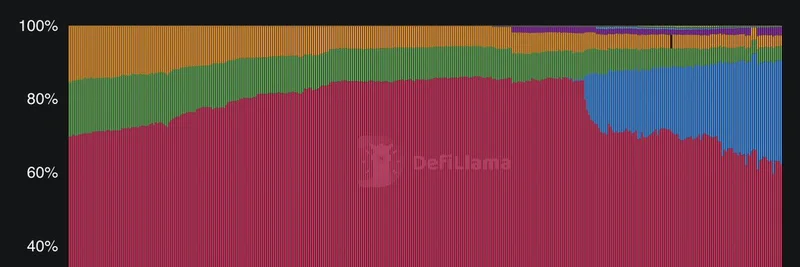In the fast-paced world of cryptocurrency, where meme tokens can skyrocket or crash overnight, the stability of your trading tools matters more than ever. That's why a recent post from Armani Ferrante, founder and CEO of Backpack, MadLads, and AnchorLang, has the crypto community buzzing. Ferrante took to X (formerly Twitter) to ask a pointed question: What stablecoin boasts the best proof of reserves, and are the nitty-gritty details about how their underlying assets are managed truly public?
For those new to the scene, stablecoins are cryptocurrencies designed to maintain a steady value, usually pegged to the US dollar. They're the go-to for traders dodging volatility—think of them as the safe harbor in a stormy sea of meme coin pumps and dumps. Proof of reserves (PoR) is essentially an audit trail showing that the stablecoin issuer actually holds the assets they claim to back each token. It's crucial for trust, especially after high-profile collapses like TerraUSD that shook the market.
Ferrante's original post didn't just hang in the void; it sparked a lively thread of replies from crypto enthusiasts, analysts, and skeptics. Let's break down some of the key responses and what they reveal about the state of stablecoin transparency today.
Top Contenders in the Stablecoin Arena
One reply highlighted TrueUSD (TUSD), praising its real-time proof-of-reserves powered by Chainlink technology. Launched in a pilot back in March 2023, this system ensures that new tokens are only minted when matching USD reserves are verified. Unlike some competitors that rely on periodic audits, TUSD's approach offers ongoing visibility, which could be a game-changer for meme token traders who need quick, reliable liquidity.
USDC, issued by Circle, got nods for its regulatory audits and daily disclosures. Backed by Deloitte's attestations, USDC provides breakdowns of reserves, though critics in the thread noted it lacks the bank-by-bank granularity some crave. It's a favorite in DeFi protocols, often used to pair with volatile meme assets on platforms like Solana, where Ferrante's projects thrive.
Then there's Tether's USDT, the undisputed heavyweight with over half the stablecoin market share. Multiple responders called it the "GOAT" (greatest of all time) for its battle-tested resilience. Ferrante himself chimed in, agreeing on USDT's dominance but emphasizing his quest for top-tier transparency as a learning opportunity. USDT publishes attestations, but questions linger about full public access to asset management policies across banks and treasuries.
Other mentions included BUSD, which shares regular reports on reserve distributions, and even a skeptical take that no stablecoin is fully trustworthy since many have depegged at some point. One user suggested USDG, though without much elaboration, and another pointed to the risks of over-reliance on any single coin.
Why Transparency Matters for Meme Token Enthusiasts
If you're deep into meme tokens—like those quirky, community-driven coins that can turn a small investment into a windfall—the choice of stablecoin isn't just technical jargon. Poor reserve management could lead to depegging events, freezing liquidity when you need it most during a hype cycle. For instance, during meme frenzies on chains like Solana or Ethereum, swapping in and out of stablecoins keeps your portfolio agile.
Ferrante's inquiry underscores a broader push for accountability in crypto. As regulators eye the space more closely in 2025, stablecoins with robust PoR could gain an edge, potentially influencing where meme projects launch or how traders hedge risks. Tools like on-chain proofs (verifiable via blockchain) versus third-party audits are hot topics, with some preferring the immutable transparency of the former.
Lessons from the Thread: Picking Your Stablecoin
Diving into this discussion, it's clear no one stablecoin ticks every box perfectly yet. USDT wins on liquidity and history, USDC on compliance, and TUSD on innovation. For meme insiders, blending a couple—say, holding USDT for volume and USDC for peace of mind—might be the smart play.
If you're building or trading in the meme space, keep an eye on evolving PoR standards. Resources like Chainlink's PoR documentation or Circle's transparency reports can help you dig deeper. And who knows? Ferrante's post might inspire more issuers to open their books wider.
What do you think—does your favorite stablecoin make the cut? Drop your thoughts in the comments, and stay tuned to Meme Insider for more insights on how blockchain trends impact your meme game.

